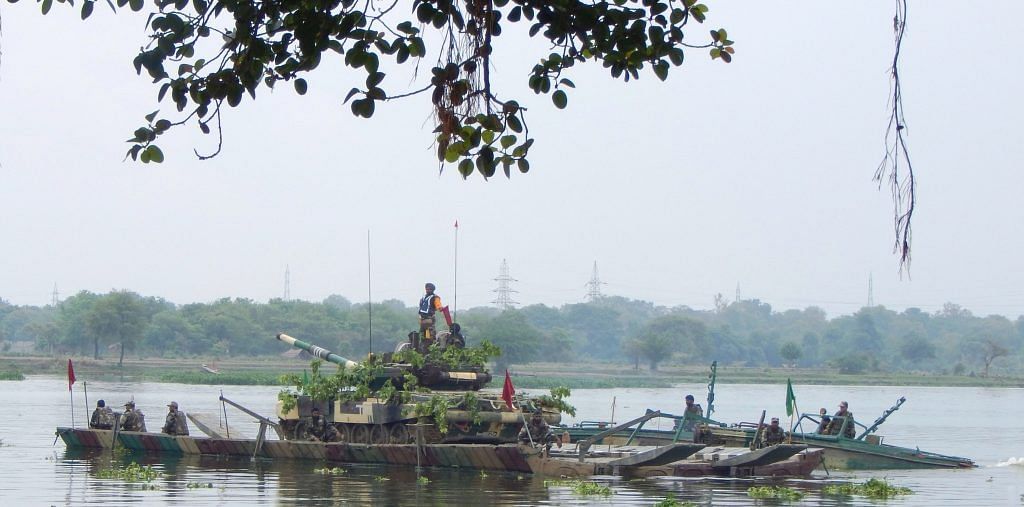Audit on war wastage reserves says procurements initiated under 2013 roadmap not yet inked.
Painting a gloomy picture of continuing ammunition shortages in the Indian Army, the central auditor has said that no significant improvement has taken place in war reserves since 2013, with more than 55 per cent of the types of ammo used by the military below the “minimum inescapable requirement” for the defence of the country.
In a report that was tabled in Parliament Friday, the CAG has pointed out that while there has been some improvement in war wastage reserves (WWR) – ammunition stockpiled for use during a battle – in the past four years, critical shortages continue, especially for tanks and howitzers.
“We observed no significant improvement in the availability of ammunition (September 2016)……availability of 55 per cent types of ammunitions was below MARL i.e. minimum inescapable requirement to be maintained for operational preparedness and 40 per cent types of ammunitions were in critical level having stock of less than 10 days,” the CAG report says.
There has been some improvement in WWR holdings, however, with data in the report revealing that authorisation levels for almost all ammunitions have come up slightly since 2014.
Significantly, the audit report has found massive gaps in ammunition needed for artillery guns and tanks – the two fighting arms critical for any cross border duel. The report points to a very worrying shortage of fuzes as well – the brain of an artillery shell that is attached just before firing. This shortage, according to the report, has rendered a shocking 83 per cent of high caliber ammunition unfit for use during operations.
The audit report has taken on the Defence ministry for failing to sign procurement cases that were initiated in 2013 as part of an ammunition roadmap and has placed the blame on the Ordnance Factory Board (OFB) for failing to deliver.
“Despite serious concerns highlighted by Audit in (2013) Performance Audit report on ‘Ammunition management in Army’, no significant improvement took place in the critical deficiency in availability of ammunition and quality of ammunition supplied by the Ordnance Factory Board (OFB) since March 2013. Further, majority of the procurement cases from other than OFB which were initiated by Army HQ during 2009-13 were pending as of January 2017,”the report says.
While the audit report has data on shortfalls and deficiencies collected till January 2017, the Army earlier in the month said that it is trying to meet critical shortages with the government approving a Rs 40,000 crore sanction for purchases to the Vice Chief, graded over the next few years. The special initiative was taken after the Uri attack which was followed by Indian surgical strikes into Pakistan-occupied Kashmir. The Army has identified several types of ammunition that it will procure on an emergency basis. Besides, tenders have been issued earlier this year to procure seven types of critical ammunition from the private sector, given that OFB has been unable to deliver on time.
